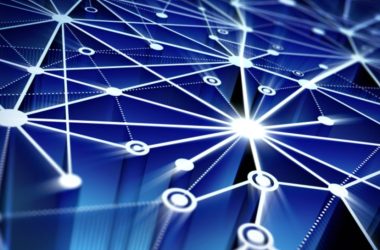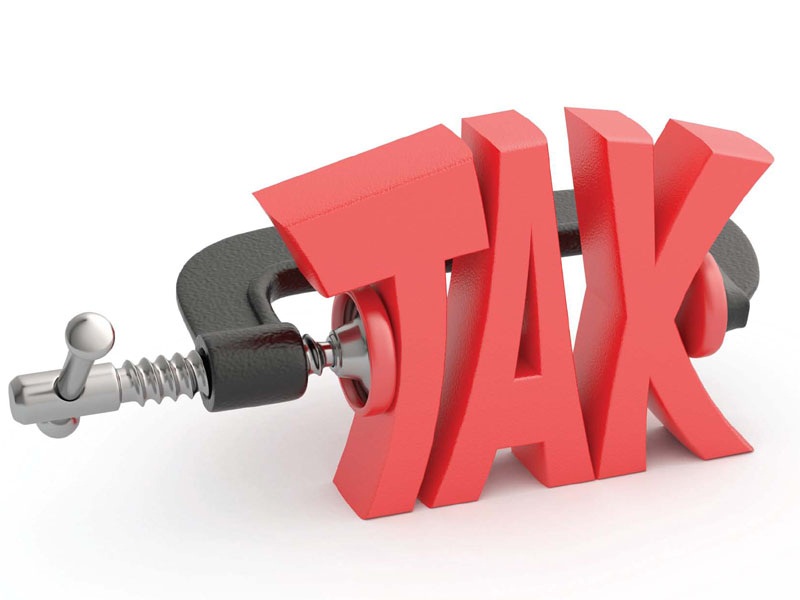Nowadays we all perceive an extraordinary development of info that is produced all over the world on the internet to effect in the conception of big data. This idea refers to the large assortment of heterogeneous data from dissimilar sources and is not generally obtainable in standard database formats we are typically aware of. Big data includes all kinds of data specifically structured semi-structured and unstructured info which can be simply found on the internet. Big data contains,
- Unstructured data
It includes social networks, emails, mobile data, blogs, tweets, video feeds, digital images, web pages, and digital audio, online data sources, sensor data, and many others.
- Semi-structured
It comprises XML files, system log files, text files, etc.
- Structured data
RDBMS, OLTP, transaction data, and examples of other structured data formats.
That’s why all data and info regardless of its kind or format can be assumed as big data. Big data handling commonly starts with accumulating data from numerous sources.
Big Data
It refers to enormous volumes of data that cannot be managed efficiently with the outdated applications that exist. When it comes to the processing of Big Data then it starts with the raw data that isn’t amassed and is impossible to stock in the memory of a single computer.
You can say that it is a catchword that is utilized to define huge volumes of data, included unstructured as well as structured one; Big Data overwhelms a business on a day-to-day basis. It is something that can be utilized to examine visions which can lead to better conclusions and planned business moves.
One can assume big data something that has high-volume, and high-velocity or high-variety info resources that claim cost-effective, groundbreaking forms of data processing that allow boosted insight, decision making, and route mechanization.
Data Science
While dealing with unstructured and structured data, Data Science is an area that includes everything that is linked to data cleansing, planning, and inquiry.
Data Science is a popular area of interest and many people are taking interest in it. My students are looking forward to online masters in data science and enhancing their capabilities to make the most of it from this degree.
It is the amalgamation of statistics, arithmetic, programming, problem-solving, netting data in resourceful ways, the capability to look at things inversely, and the activity of cleansing, arranging and organizing the data. In easy words, it is the umbrella of practices utilized when trying to excerpt insights and info from data.
Big Data vs Data Science
Following are some of the main differences between Big Data and Data Science:
- Administrations need big data to increase competences, comprehend new markets, and improve effectiveness while data science offers the methods or mechanisms to comprehend and use the potential of big data in an appropriate way.
- At this time, for corporations, there is no limit to the quantity of valuable data that can be composed, but to utilize all this data to excerpt significant information for organizational resolutions, data science is required.
- Big data is considered by its velocity variety and volume, while data science offers the means or procedures to examine data characterized by 3Vs.
- The former offers the prospect for action. Though, digging deep information from big data for employing its probability for improving performance is a noteworthy challenge. The latter utilizes theoretical and experimental methods in addition to deductive and inductive reasoning. Takes accountability to reveal all hidden perceptive from a multifaceted network of unstructured data, therefore, supporting corporations to understand the potential of big data.
- Big data inquiry executes the mining of valuable information from large volumes of datasets. Opposing to analysis, data science makes use of machine learning algorithms and statistical approaches to train the CPU to learn without much programming to make forecasts from big data. Therefore data science must not be muddled with big data analytics.
- Big data links more with technology dispersed computing, and analytics tools and software. This is different from data science which emphases on strategies for business choices, data distribution utilizing arithmetic, statistics and data structures and approaches stated earlier.
From the above-mentioned differences between big data and data science, it can be said that data science is involved in the notion of big data. Data science plays an imperative role in many application areas. It works on big data to develop valuable insights via predictive analysis where results are utilized to make smart decisions. Hence, data science is comprised of big data rather than the other way round.
Conclusion
There is no doubt about it that big data is here to stay in the coming years because conferring to current data development trends, new data will be produced at the rate of 1.7 million MB every second till 2020 rendering to assess by the Forbes Magazine. This evolution of big data will have enormous potential and must be accomplished efficiently by organizations. Data science is growing swiftly with new practices established endlessly which can sustenance data science experts into the future.
















